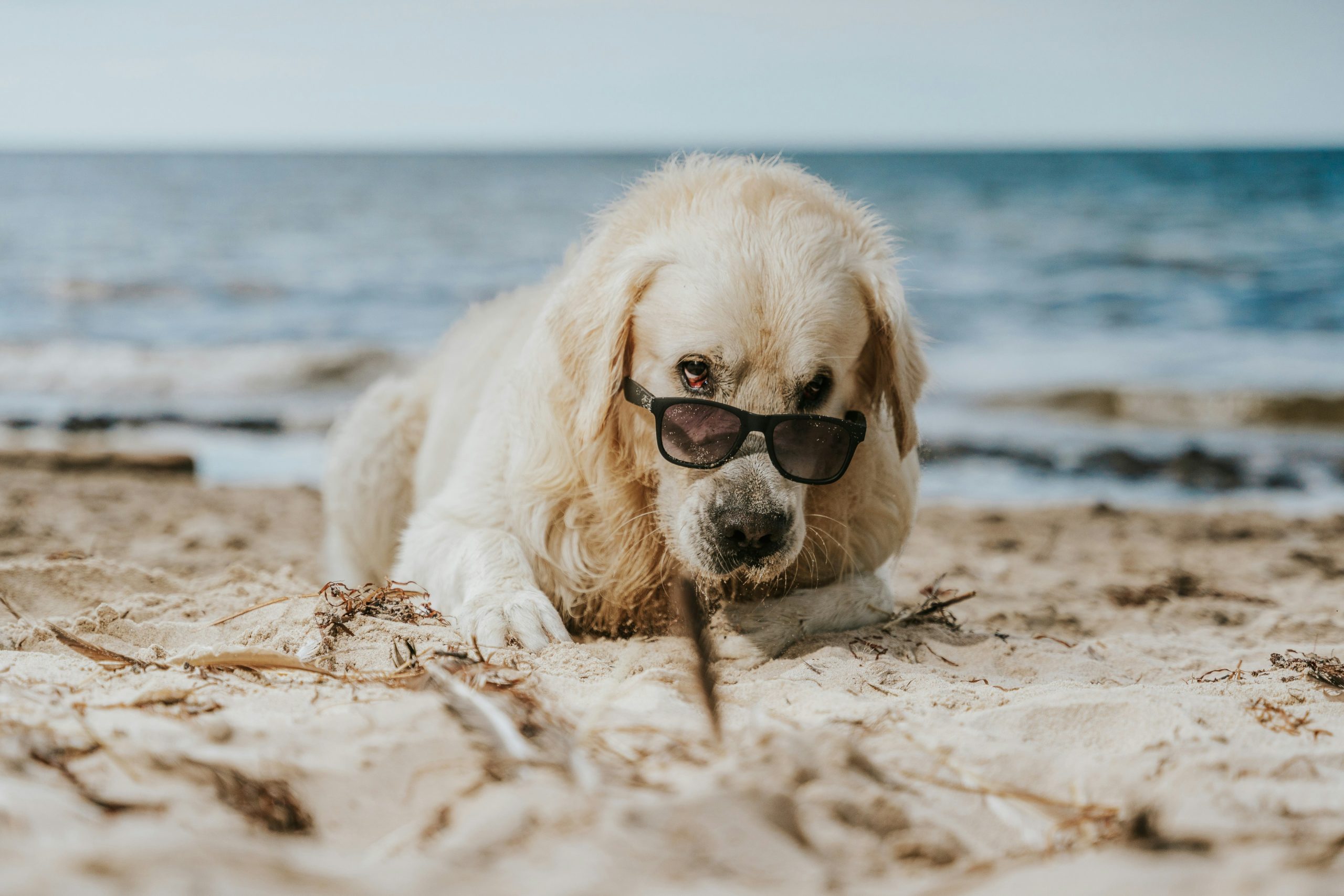After you optimize sleep, stress, hormones, and erections, some men benefit from dopamine and norepinephrine based options under a clinician’s eye.
“Desire starts in the brain. When body factors are tuned and desire is still low, brain circuits for reward and attention may need direct help.”
The relationship
Low libido means a steady loss of sexual desire that causes distress or strain. Desire begins in brain networks that process reward, attention, and mood. Dopamine and norepinephrine help set the drive to seek sex, while other signals shape context and meaning [1,2].
Testosterone sits upstream. In men with true deficiency, bringing levels back to normal can raise desire, but this is not the full story. Reviews show that low testosterone often pairs with low interest, yet some men with normal levels still report weak desire [3]. The AUA guideline from 2018 advises a structured workup of symptoms, blood tests, and risks before treatment [4].
Thresholds to guide decisions: meta analyses and guidelines support action when symptoms are present and total testosterone is below 350 ng/dL or free testosterone is below 100 pg/mL. If total is borderline, measure free testosterone and treat the man, not just the number [3,4].
How it works
Dopamine primes sexual wanting
Dopamine is a brain chemical that drives reward and motivation. Studies in humans and animal models link dopamine spikes in the mesolimbic system to sexual motivation and cue driven “wanting” [1,2].
Norepinephrine sharpens focus and arousal
Norepinephrine helps attention and alertness. In sexual response it can heighten interest and mental arousal, which supports desire when distractions or fatigue get in the way [1].
Testosterone removes brakes but does not steer
Testosterone supports libido, erection quality, and morning erections. Restoring low levels improves global sexual function in many men with hypogonadism, though effects vary by baseline level and age [3,5]. If symptoms persist with total below 350 ng/dL or free below 100 pg/mL, discuss treatment options and goals [3,4].
Prolactin can mute desire
Prolactin is a pituitary hormone. High prolactin lowers testosterone and directly suppresses sexual drive. Dopamine agonists such as cabergoline can normalize prolactin and improve desire and function in affected men [6,7].
Melanocortin signaling and central arousal
Melanocortin receptors in the brain modulate sexual arousal and erection. Agents such as bremelanotide activate these receptors and can enhance central arousal. Most data are in women with low desire and in men with erectile dysfunction, with mixed effects on desire in men so far [13,11].
Conditions linked to it
- True testosterone deficiency. Common signs include low morning levels and low interest that improves with replacement when criteria are met [3,4].
- Major depression or anxiety. These can dampen reward circuits and lower sexual drive even when erections are fine [1].
- Medication effects. SSRIs and some opioids reduce desire; bupropion can counter SSRI sexual side effects in some cases [21].
- Hyperprolactinemia. High prolactin from a pituitary source or medications blunts desire and responds to dopamine agonists in many men [6,7].
- Chronic pain, poor sleep, and high stress. These shift brain chemistry away from reward and toward threat or fatigue [1].
Limitations: Evidence on direct brain targeted libido drugs in men is limited. Much of the strong data are in women or in erectile dysfunction studies, not pure desire loss in men [11,13].
Symptoms and signals
- Low interest in sex for at least 3 months that feels out of character.
- Normal or near normal erections but low mental drive to start sex.
- Fewer sexual thoughts or fewer responses to usual cues.
- More effort needed to stay engaged during sex.
- Worse desire during stress, poor sleep, or antidepressant use.
- Headaches, vision changes, or milk like nipple discharge suggest high prolactin and need urgent evaluation.
What to do about it
- Test the basics first. Get morning total testosterone on two separate days, sex hormone binding globulin to estimate free testosterone when needed, prolactin, and a brief mood and sleep screen. Use 350 ng/dL for total and 100 pg/mL for free as decision numbers when symptoms persist [3,4].
- Optimize body inputs. Improve sleep, reduce alcohol, train regularly, and treat true hypogonadism when criteria are met. If prolactin is high, treat the cause, often with cabergoline under endocrine care [6,7]. For SSRI linked problems, ask about switching to or adding bupropion if safe [21].
- Then consider brain targeted options. For select men with low libido despite normal erections and optimized hormones, a clinician may try dopamine norepinephrine strategies. Examples include bupropion when depression or SSRI effects are present [9,21]. Bremelanotide has strong data for women with low desire and for men with erectile dysfunction, with unclear benefit on male desire; use only with careful counseling. Flibanserin in men is off label and evidence is minimal, limited to small or indirect data; use only in research minded care with full risk discussion [13,11,18].
Myth vs Fact
- Myth: If erections work, libido must be fine. Fact: Desire and erection use overlapping but distinct brain and body systems [1].
- Myth: Testosterone fixes every libido issue. Fact: It helps when low, but many men with normal levels still need brain focused care [3].
- Myth: Prolactin has nothing to do with men. Fact: High prolactin can silence desire and responds to dopamine agonists in many cases [6].
- Myth: Bremelanotide boosts libido in all men. Fact: Evidence in men is mainly for erections, not desire; counsel on limits [11,13].
Bottom line
Fix sleep, stress, and hormones first. If low libido remains, discuss dopamine and norepinephrine based approaches with a clinician who knows this space. Use clear goals, track results, and respect that evidence for male desire drugs is still limited [3,13].
References
- Calabrò RS, Cacioppo A, Naro A, et al. 2019. Neuroanatomy and function of human sexual behavior. Frontiers in Neuroendocrinology 55:100792. PMID: 31757720
- Melis MR, Argiolas A. 2022. Dopamine, Erectile Function and Male Sexual Behavior. International Journal of Molecular Sciences 23(14):7605. PMID: 35884633
- Corona G, Vignozzi L, Rastrelli G, et al. 2022. The role of testosterone in male sexual function. Sexual Medicine Reviews 10(4):661–675. PMID: 35636406
- Mulhall JP, Trost LW, Brannigan RE, et al. 2018. Evaluation and Management of Testosterone Deficiency: AUA Guideline. Journal of Urology 200(2):423–432. PMID: 29601923
- Hackett G, Kirby M, Edwards D, et al. 2023. The British Society for Sexual Medicine Guidelines on Male Testosterone Deficiency. Andrology 11(9):1878–1908. PMID: 37009168
- Krysiak R, Szkróbka W, Okopień B. 2019. Sexual Functioning in Hyperprolactinemic Patients Treated With Cabergoline. Pharmacology 103(5–6):282–289. PMID: 29746287
- De Rosa M, Zarrilli S, Colao A, et al. 2004. Six months of treatment with cabergoline restores sexual potency in hyperprolactinemic males. Journal of Clinical Endocrinology and Metabolism 89(2):621–625. PMID: 14764772
- Clayton AH, Warnock JK, Kornstein SG, et al. 2004. A placebo controlled trial of bupropion SR as an antidote for SSRI induced sexual dysfunction. Journal of Clinical Psychiatry 65(1):62–67. PMID: 14744170
- Safarinejad MR. 2010. Adjunctive bupropion for male sexual dysfunction. BJU International 106(6):840–847. PMID: 20067456
- Yee A, Loh HS, Hisham Hashim H, et al. 2018. Bupropion SR for methadone associated sexual dysfunction in men. Journal of Sexual Medicine 15(8):1210–1218. PMID: 29973132
- Diamond LE, Earle DC, Heiman JR, et al. 2004. Double blind, placebo controlled evaluation of PT-141 in men with erectile dysfunction. Urology 63(5):955–959. PMID: 14963471
- Diamond LE, Earle DC, Rosen RC, et al. 2005. Co administration of low dose intranasal PT-141 with sildenafil enhances erectile response. International Journal of Impotence Research 17(2):157–164. PMID: 15833522
- Kingsberg SA, Clayton AH, Portman D, et al. 2019. Bremelanotide for the Treatment of Hypoactive Sexual Desire Disorder in Premenopausal Women. Obstetrics & Gynecology 134(5):899–908. PMID: 31599840
- Pfaus JG, Shah P, Bose A, et al. 2022. The neurobiology of bremelanotide for HSDD. Frontiers in Endocrinology 12:620. PMID: 33455598
- King SH, Mayorov AV, Balse-Srinivasan P, et al. 2007. Melanocortin Receptors, Melanotropic Peptides and Penile Erection. Peptides 28(1):189–211. PMID: 17188375
- Salonia A, Bettocchi C, Carvalho J, et al. 2021. EAU Guidelines on Sexual and Reproductive Health. European Urology 80(3):333–357. PMID: 34183196
- Hollander AB, Pastuszak AW, Hsieh TC, et al. 2016. Cabergoline in the Treatment of Male Orgasmic Disorder. Sexual Medicine 4(1):e7–e13. PMID: 27144916
- Kennedy S, Rizvi S, Fulton K, Rasmussen J. 2010. Flibanserin and sexual function during antidepressant treatment. Journal of Psychopharmacology 24(11):1649–1659. PMID: 20646181

